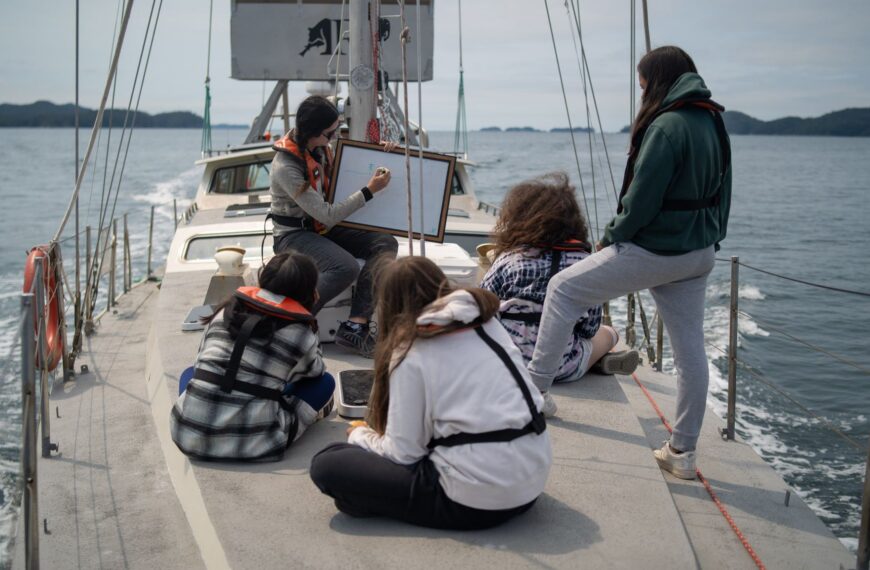Population genetic structure of gray wolves in a marine archipelago…
Journal Citation: Astrid V Stronen, Erin L Navid, Michael S Quinn, Paul C Paquet±, Heather M Bryan±, and Christopher T Darimont+
Population genetic structure of gray wolves (Canis lupus) in a marine archipelago suggests island-mainland differentiation consistent with dietary niche
BMC Ecology 2014, 14:11 doi:10.1186/1472-6785-14-11
Background
Emerging evidence suggests that ecological heterogeneity across space can influence the genetic structure of populations, including that of long-distance dispersers such as large carnivores. On the central coast of British Columbia, Canada, wolf (Canis lupus L., 1758) dietary niche and parasite prevalence data indicate strong ecological divergence between marine-oriented wolves inhabiting islands and individuals on the coastal mainland that interact primarily with terrestrial prey. Local holders of traditional ecological knowledge, who distinguish between mainland and island wolf forms, also informed our hypothesis that genetic differentiation might occur between wolves from these adjacent environments.
Results
We used microsatellite genetic markers to examine data obtained from wolf faecal samples. Our results from 116 individuals suggest the presence of a genetic cline between mainland and island wolves. This pattern occurs despite field observations that individuals easily traverse the 30 km wide study area and swim up to 13 km among landmasses in the region.
Conclusions
Natal habitat-biased dispersal (i.e., the preference for dispersal into familiar ecological environments) might contribute to genetic differentiation. Accordingly, this working hypothesis presents an exciting avenue for future research where marine resources or other components of ecological heterogeneity are present.
Keywords:
1 Mammal Research Institute, Polish Academy of Sciences, ul. Waszkiewicza 1, Białowieża 17-230, Poland
2 Department of Biotechnology, Chemistry and Environmental Engineering, Aalborg University, Sohngaardsholmsvej 57, Aalborg 9000, Denmark
3 Faculty of Environmental Design, University of Calgary, 2500 University Dr. NW, Calgary, Alberta T2N 1 N4, Canada
4 Institute for Environmental Sustainability, Mount Royal University, 4825 Mount Royal Gate SW, Calgary, Alberta T3E 6 K6, Canada
5 Department of Geography, University of Victoria, PO Box 3060 STN CSC, Victoria, British Columbia V8W 3R4, Canada
6 Raincoast Conservation Foundation, PO Box 86 Denny Island, British Columbia V0T 1B0, Canada
7 Hakai Beach Institute, Box 309, Heriot Bay, British Columbia V0P 1H0, Canada
You can help
Raincoast’s in-house scientists, collaborating graduate students, postdoctoral fellows, and professors make us unique among conservation groups. We work with First Nations, academic institutions, government, and other NGOs to build support and inform decisions that protect aquatic and terrestrial ecosystems, and the wildlife that depend on them. We conduct ethically applied, process-oriented, and hypothesis-driven research that has immediate and relevant utility for conservation deliberations and the collective body of scientific knowledge.
We investigate to understand coastal species and processes. We inform by bringing science to decision-makers and communities. We inspire action to protect wildlife and wildlife habitats.










